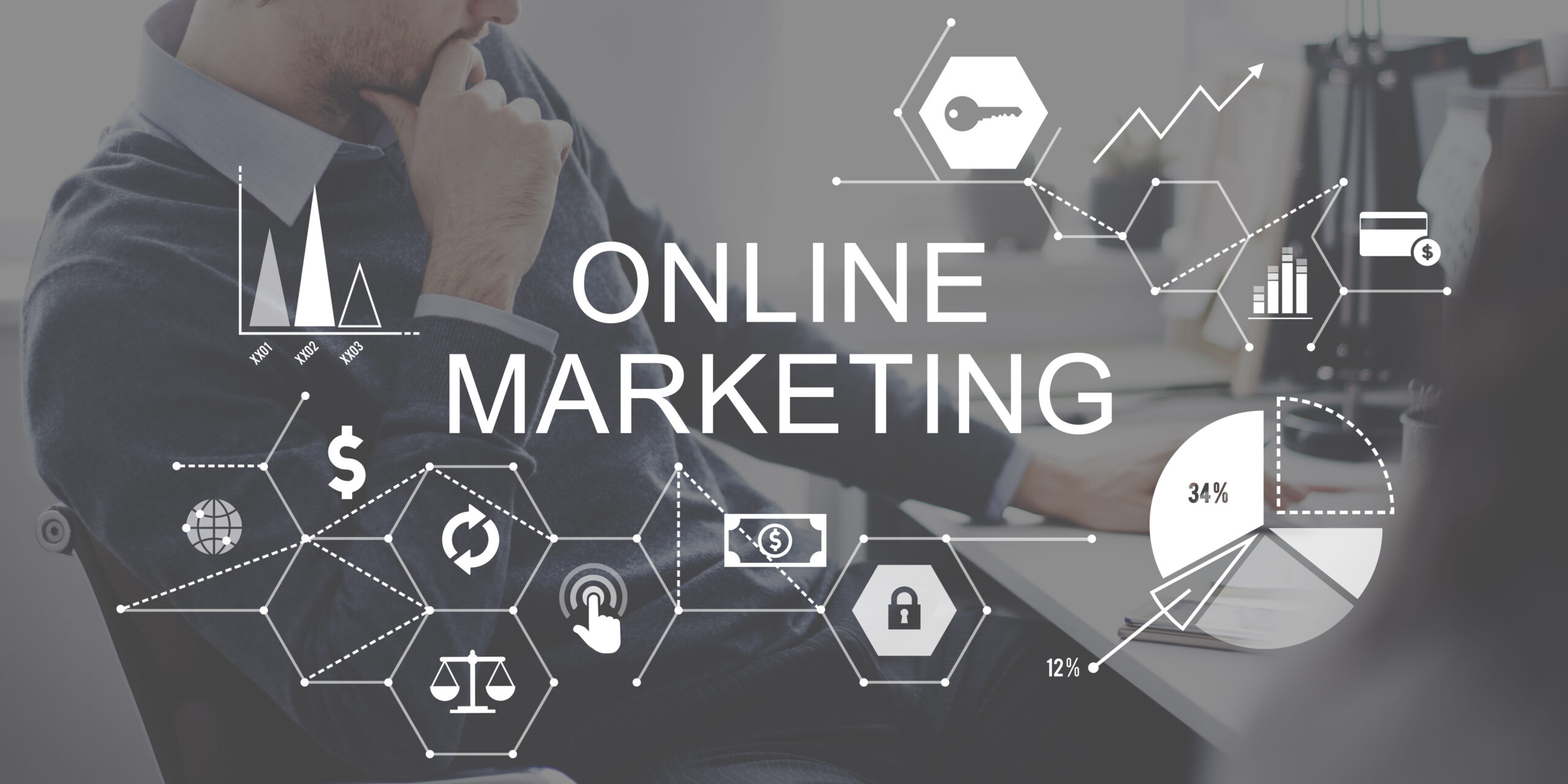Despite the fact that numerous digital marketing strategies would exist, it will all always fall under one of only two categories: organic or inorganic/paid, no third option is out there. To be able to determine when to utilize one over the other, and how to leverage both in a successful integrated marketing campaign, let us help you understand and absorb both approaches first.
Organic/Unpaid Marketing
This approach is commonly referred to as inbound marketing, where it takes advantage of social media and online search engines to share relevant content targeting a specific audience to generate organic traffic.
- Goals: Organic marketing focuses on educating audiences, optimizing content for better search results, enhancing brand loyalty, and building long-term relationships with consumers.
- Tactics: It is all about content, including social media posts, blog posts, landing pages, white papers, case studies, and infographics, which are SEO-optimized, published, and promoted.
- Examples: Unpaid social media posts, blog posts, user-generated content, email newsletters, SEO, etc.
- Advantages: The most outstanding advantage is sharing authentic content at almost no cost. In point of fact, recent studies indicate that organic search generates 51% of website traffic and over 40% of revenue is the result of organic traffic.
- Disadvantages: It takes longer time and more effort to see and feel the results, especially when compared to paid marketing outcomes.
Inorganic/Paid Marketing
Today, marketers do not only rely on the unpaid methods to achieve their targets, they boost their digital marketing efforts with inorganic/paid approaches for faster results and better outcomes.
- Goals: The focus of this approach is on achieving a solid return on investment at a faster rate and shorter time than organic marketing, which includes converting viewers to customers and meeting sales goals in the designated time frame.
- Tactics: This approach depends on using ads and sponsored posts on social media and search platforms, where pay-per-click campaigns are so common paid marketing tactics, in which marketers pay the publisher every time an ad is clicked.
- Examples: Search ads, paid social media ads, sponsored posts, display ads, video ads on YouTube, etc.
- Advantages: Targeting very specific audience and reaching them directly in very short time by placing the ads exactly where and when the audience is as per the identifiers you already studied well.
- Disadvantages: It is quite costly, in addition to the fact that it is quicker to be ignored or passed by audience feeling that it is imposed on them.
Organic and Inorganic Marketing .. Can We Combine Them Both?
Concluding that organic marketing is more like word-of-mouth marketing that is focused on generating traffic to your site over time, and paid marketing is similar to sales-focused marketing that targets, reaches, engages, and converts audiences quickly, the two approaches may seem too different to us, but actually they complement each other perfectly, and we can say it confidently that they often perform better together rather than separately.
We do believe that every brand should embrace organic marketing at a minimum as it needs as much awareness and traffic as it needs sales and money, because each of them leads to the other.
At Yaddly, your revenue-focused marketing agency, we help you combine your efforts and make the best use of all what you have to achieve your targets and even exceed your expectations. Our bundle of digital marketing services include – but not limited to – Account-Based Selling (ABS), SEO Services, Web Development, Marketing Campaigns, Content Marketing, etc.
Get in touch and reach your target audience NOW!





